Chocolate: A Most Complex Enjoyment
Prittie Chocolat
Heirloom Single Origin Chocolate
Maggie Prittie has been working and crafting with chocolate for over a decade now. The complexitiy of the 5,000 year-old treasure if often overlooked, but Maggie has put this collection together to share education & history of the product.
During her delightful adventure, Maggie continues to learn and develop direct relationships with the farmers, as well as tasting chocolate in its pure unadulterated form from all over the world. Maggie is like a Winery of Cocoa; in other words, she only sources cocoa from single origins, and works directly with farmers to offer them the highest prices for their hard work and yield.
About Chocolate
Where did chocolate begin? Some say Meso America with the Olmecs, some say in Ecuador as far back as pre-Hispanic period, 5,000 years ago. There is a bit of controversary as to where exactly the first cocoa products were consumed, although for the majority of cocoa’s existence, it has been drunk.
All cocoa grows 20° North & 20° South of the equator, in the “cocoa belt” – so even when you think of European chocolate, the cocoa always is coming from a region closer to the Equator, and not actually grown in Europe; we all get our chocolate from the same belt.
The taste of chocolate varys depending on where the cocoa was grown, how well it was fermented, dried, and roasted, at what temperature and for how long (similar to coffee, it can be bitter if overworked).
Like wine grapes, cocoa beans have varieties as well: Criollo, Nacional, Trinitario & Forastero. Criollo & Nacional are your true heirloom cocoa varieties, with Criollo from Meso America and Nacional from Ecuador. Trinitario is a cross breed of the two which is more disease resistant, and Forastero is the most common, less flavorful bean. All cocoa grows on the Theobroma tree (which translates to, “food of the gods”), and is so incredibly complex; it contains 500-700 possible compounds, which is why it has never been synthesized.
Heirloom Cacao
Diamonds of the Theobroma
Cru Sauvage Bolivia 68%
The rich, harmonious cacao flavor is complemented by the aromas expressing the freshness of lemon and the fruitiness of grapefruit. The traditional, gentle processing method (60) hours of conching, exquisitely unfolds the prune bouquet and vanilla note. The exceptionally pleasant fruit acidity and the long-lasting finish make the Cru Sauvage Bolivia a unique experience.
Elvesia Dominican Republic 74%
Elvesia Republique Dominicaine 74% Cru Hacienda couverture made of noble cacao from the Hacienda Elvesia. The elegant, rich cacao flavor is entwined with tender tones of black tea and mild tobacco notes.
Usulut’an El Salvador 80%
Usulutan El Salvador is in the southern part of Usuluta (which shares its name with the volcano); you will find Jiquilisco Bay know for its untouched natural beauty and home to the largest abundance of coastal-marine birds in El Salvador. Cocoa was first planted in the luscious sandy loam soil on our supplier’s farm near here about 100 years ago.
Matagalpa Nicaragua 70%
Matagalpa is located in north central Nicaragua near the continental divide between the Pacific Ocean and the Caribbean Sea. This region is increasingly popular with ecotourists because of its beauty and biodiversity. Originally it was home to the Matagalpa Indians whose language was spoken until 1875. This fertile area is known for its great coffee, vegetables, and flowers. This chocolate is made from the cacao of numerous small farms who harvest Trinitario cocoa trees indigenous to the land.
Sambirano Madagascar 68%
Chocolate was introduced into Madagascar in the 1800’s originally on the east coast. It is now grown in the north west Sambirano river region north western Madagascar. Trinitario cocoa, well balanced fruity, a touch of hazelnut and fresh forest berry notes.
Wampusirpi Honduras 72%
Wampusirpi, a small town of les than 2,000 inhabitants, is in a remote jungle area of northeast Honduras on the Patuca River (2nd largest river in Central America). The cacao grown here is a combination of indigenous Trintarios and tree provided by sporadic NGO (Non- governmental agents) efforts to support this region. Our supplier is a philanthropist who is committed to being a reliable buyer in a place where cacao is the Only cash crop.
Maracaibo Venezuela 65%
Intensive flavor experience. The strong cocoa taste is pleasanty supplemented by a licorice note which then transfers into a roasted coffee flavor rounded by a hint of prune. Black tea notes accompanies the slow and intensive finish.
Coucher du Soleil Côte d’Ivoire 72%
Dark , rich, smooth chocolate with a smooth mouth feel. The chocolate flavor is full-bodied throughout with a clean, fresh finish. Provides tremendous chocolate flavor to any dessert without being overpowering. Serves as a base chocolate.
Arriba Ecuador 72%
Esmeraldas is Ecuador’s most northern province and boarders on Columbia. The cacao flavor is enhanced through the intensive coffee and licorice notes, making Arriba an unforgettable experience for the senses, 72 hours of conching gives the smoothest texture.
Nacional Peru 70%
COMING SOON. The USDA requests random samples from trees throughout the Marañón Canyon for genetic testing; all trees tested in the crop yielded at least 98% Pure Nacional. The 4th tree tested was 100% Pure Nacional, the, “Mother Tree.” Maggie is beginning her bean-to-bar making with nibs coming from this “Mother Tree” & her offspring. This blend gives off fragrance notes of red berries, grapes, and roasted nuts, while emitting a flavor profile which is pleasantly bitter, with fruity notes of grapes and olives, intensely nutty roast-a-roma, and a balanced finish.
Connect with Prittie Chocolat
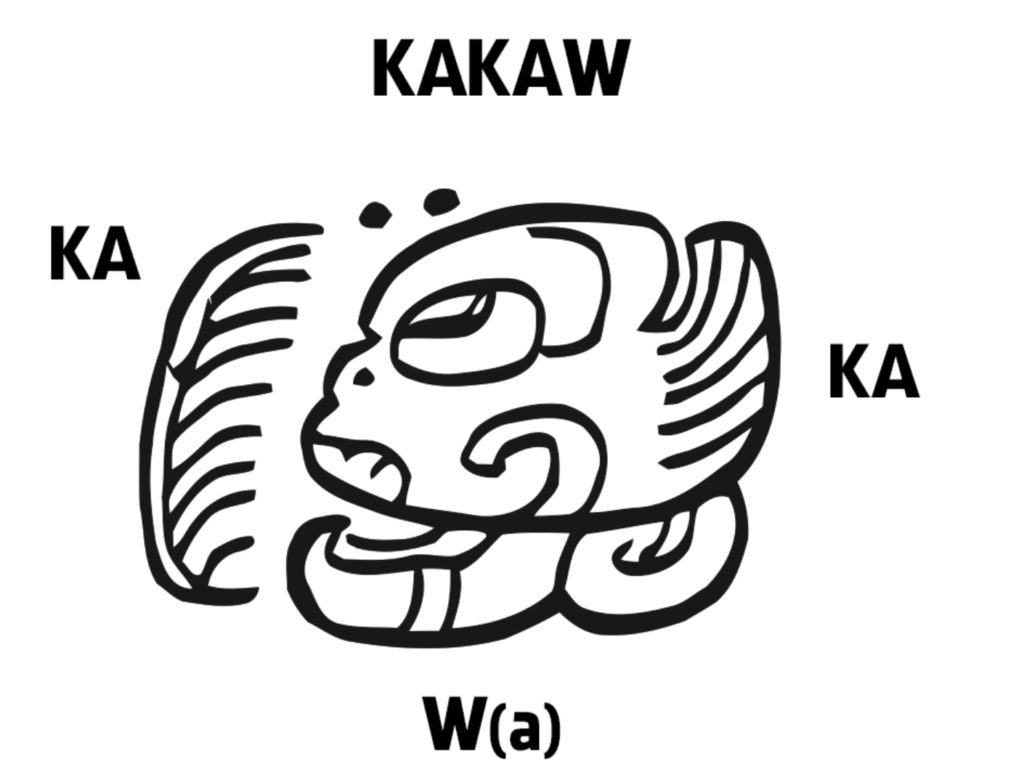
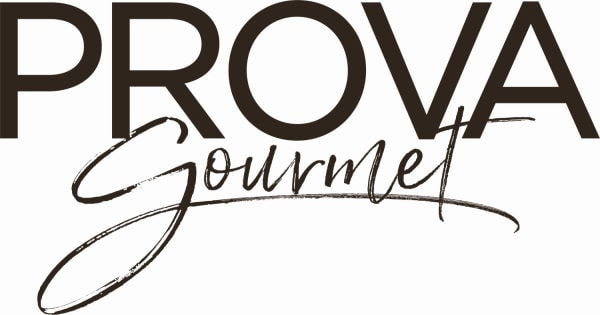
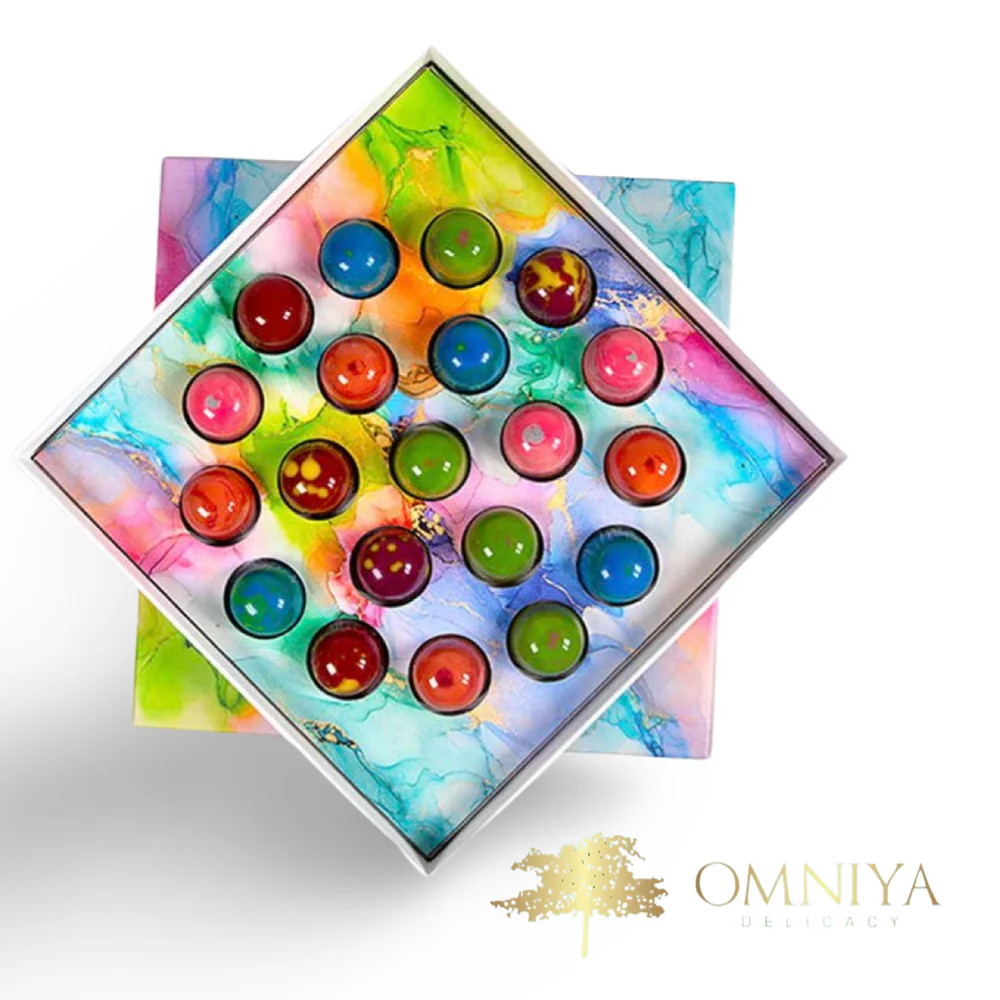

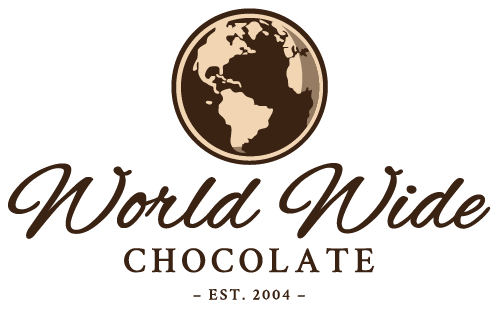
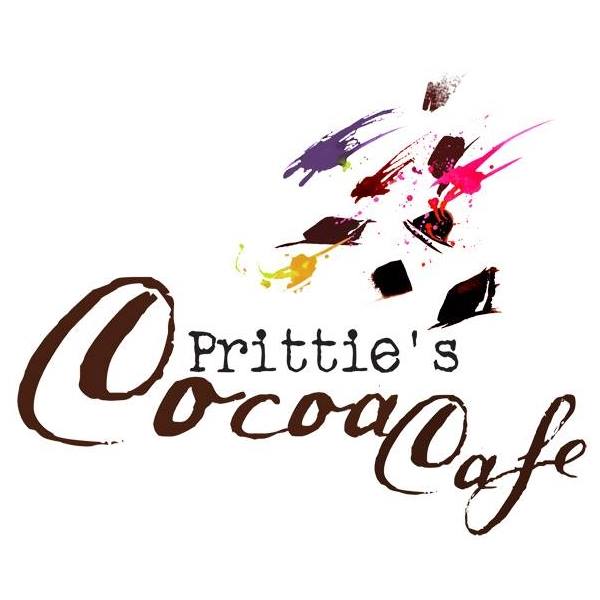
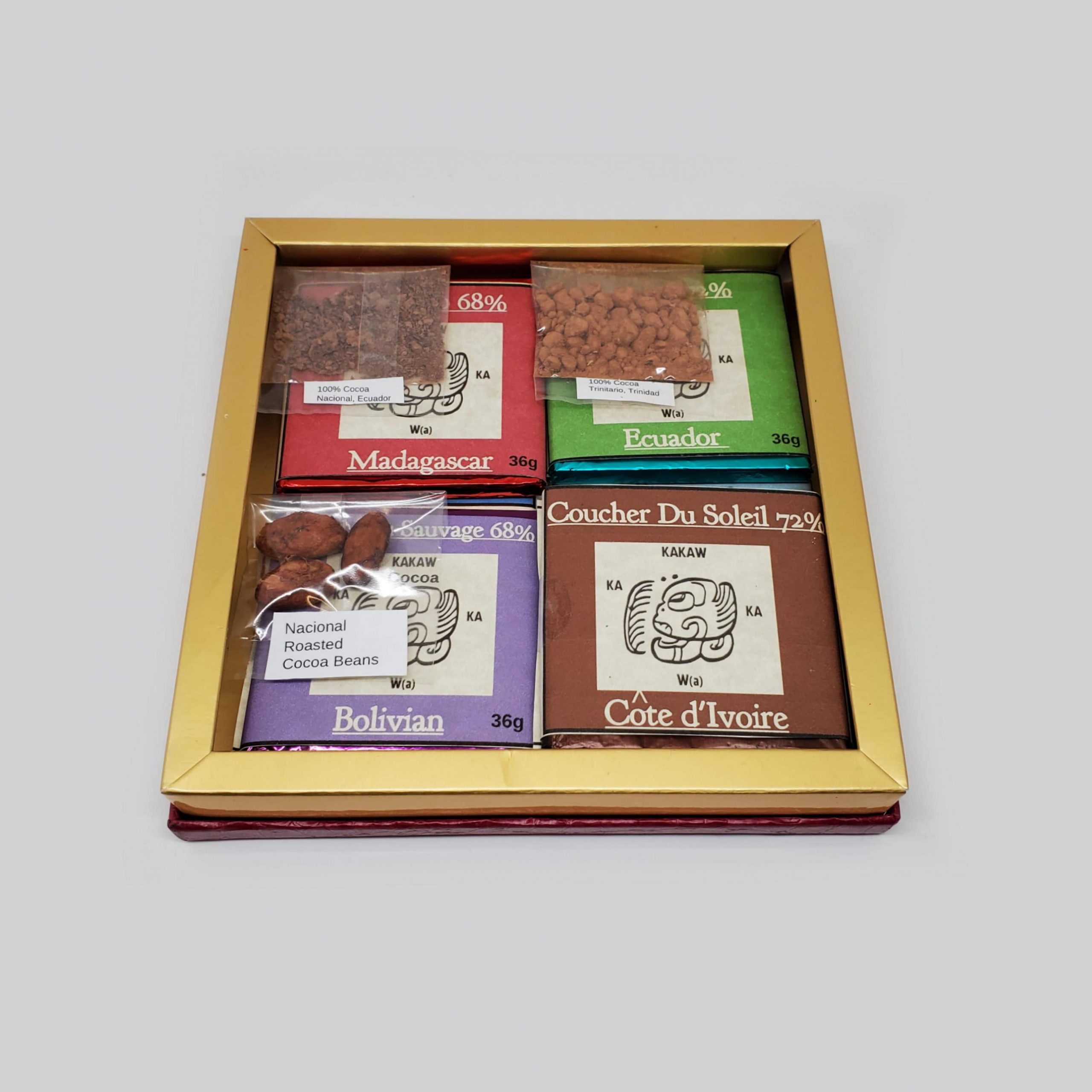
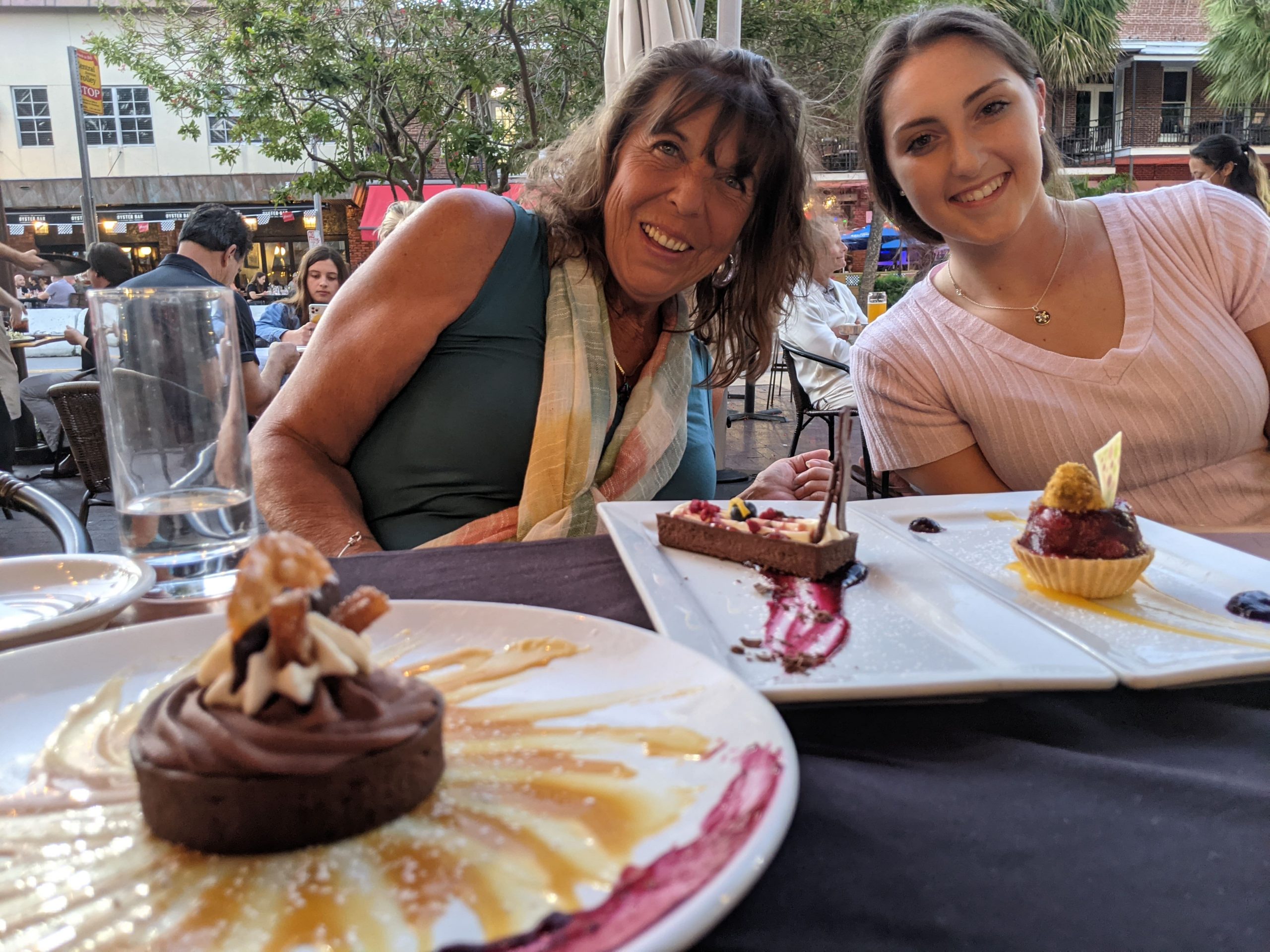
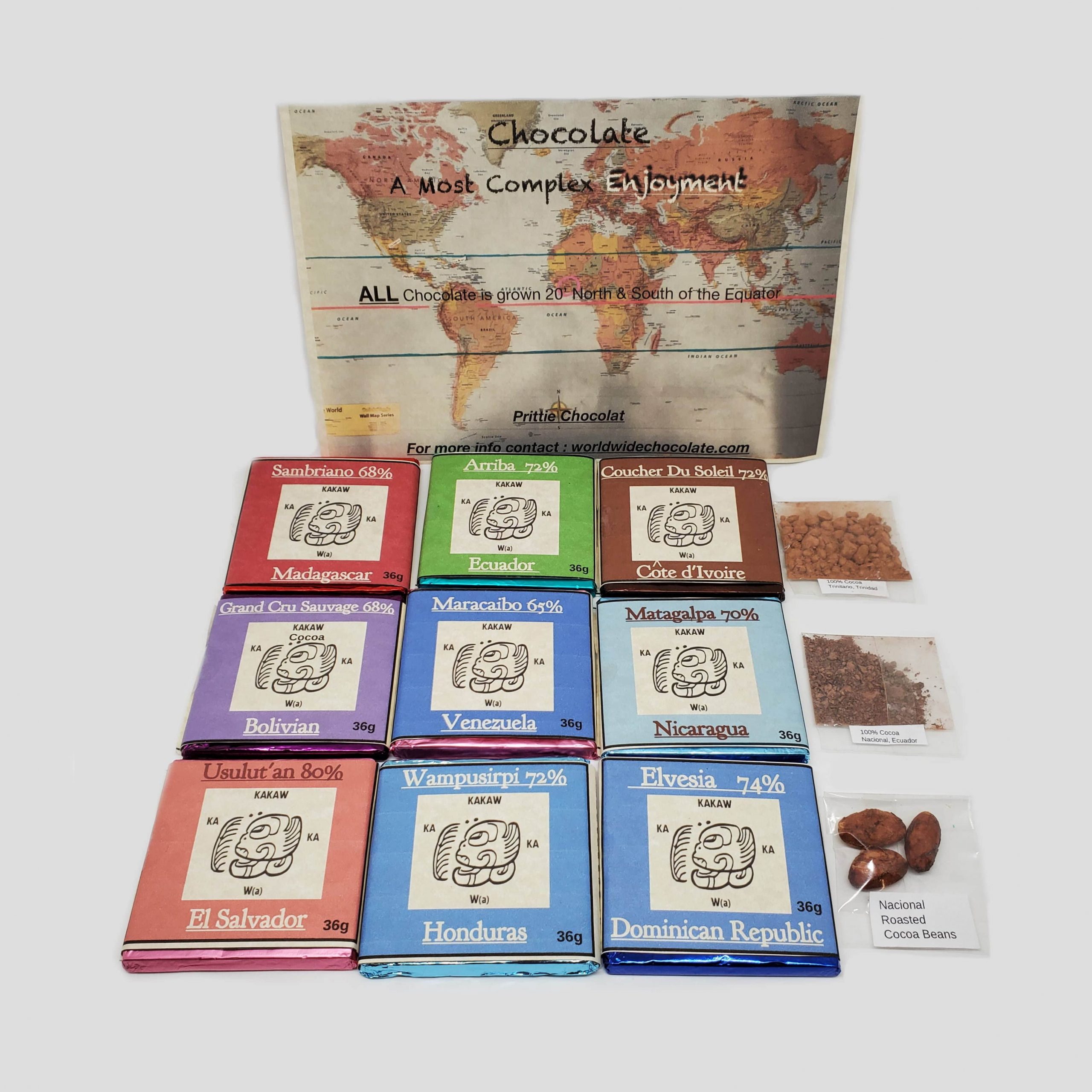
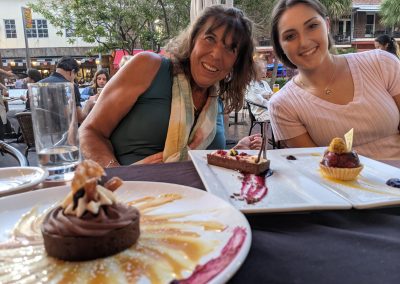
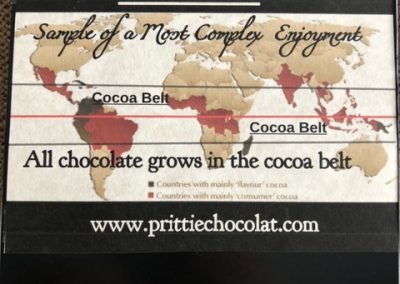
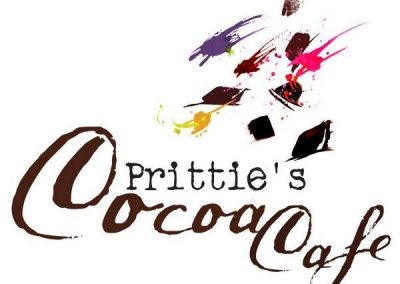
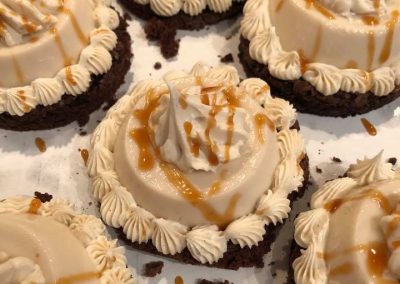
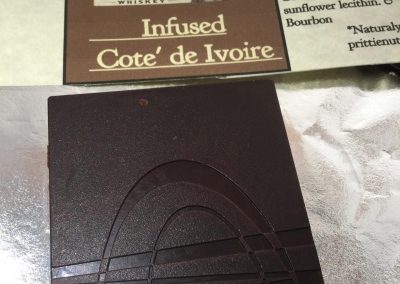
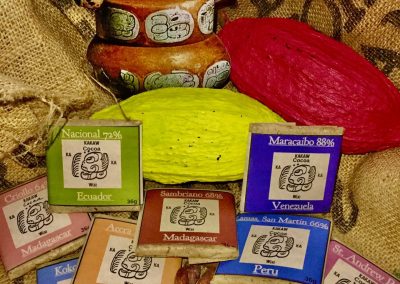
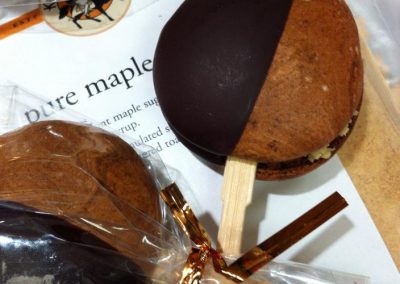
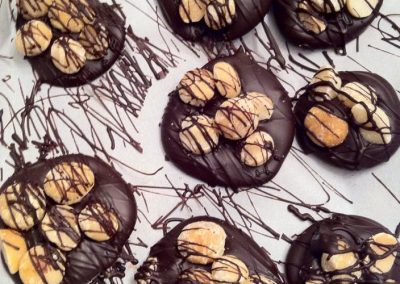
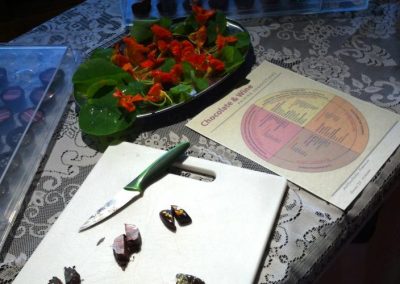
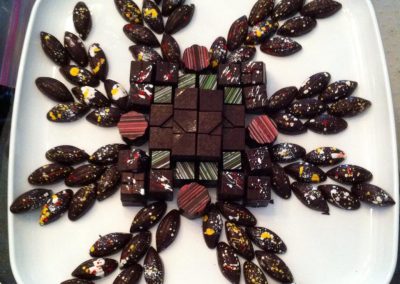
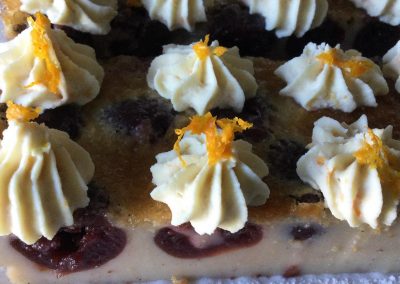
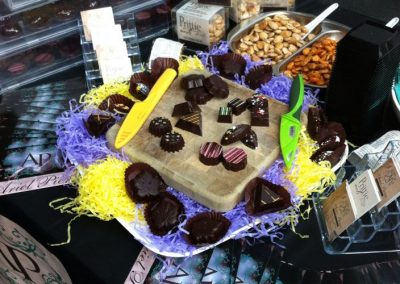
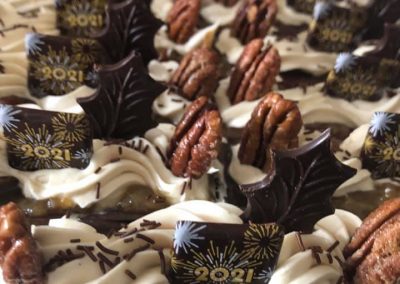
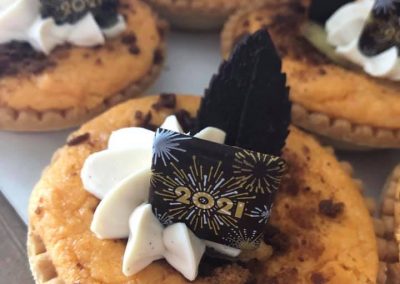
Trackbacks/Pingbacks